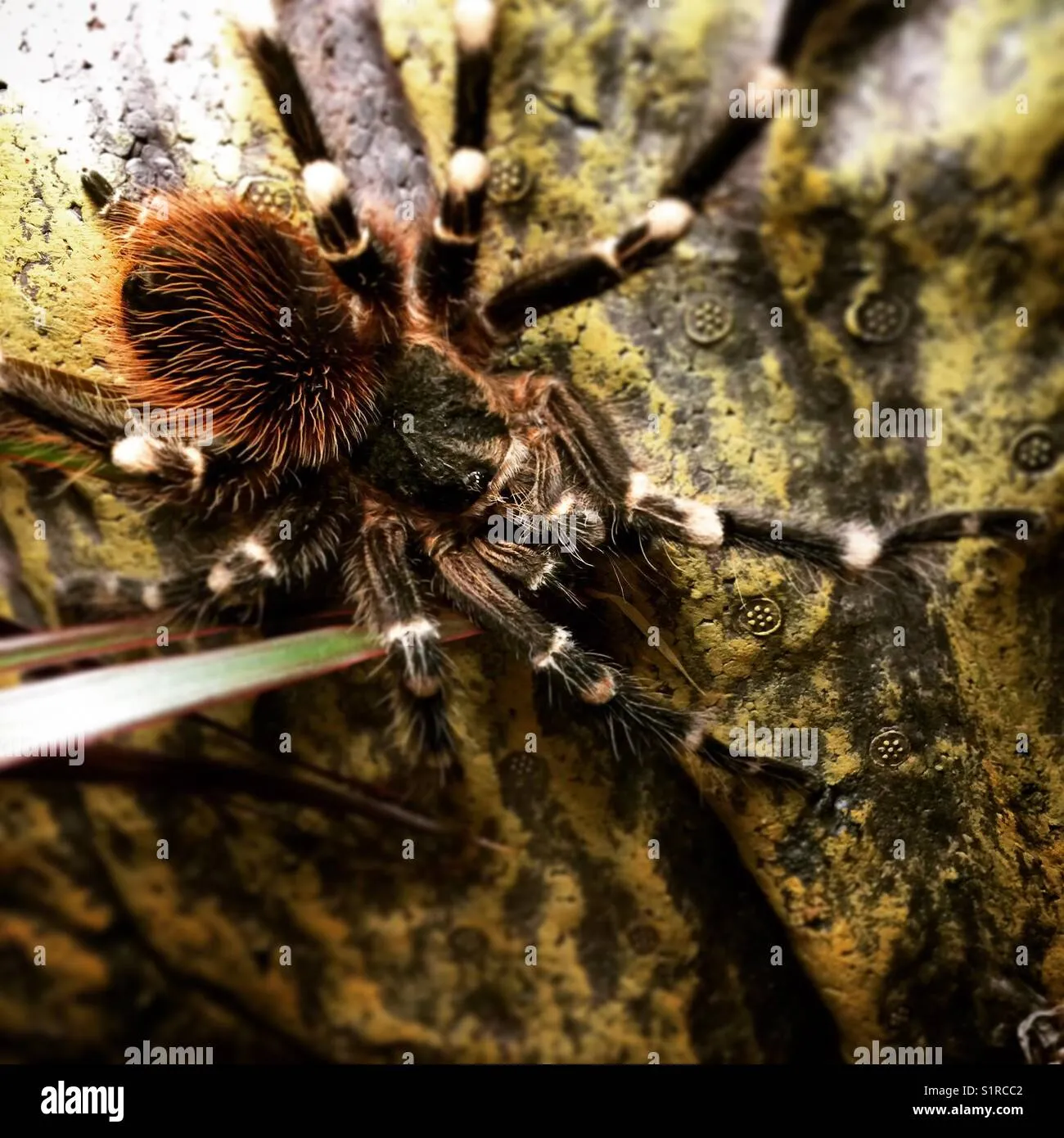Choosing a Tarantula Spider Pet
Bringing a tarantula into your home is an exciting decision. These fascinating creatures make intriguing pets, offering a unique perspective on the animal kingdom. However, before you welcome a tarantula, careful consideration is essential. Understanding their needs and the commitment required is crucial for their well-being and your satisfaction. This initial step involves thoughtful planning, ensuring you’re ready to provide a safe and enriching environment for your new eight-legged friend. Researching the different species and their specific requirements is also part of this important first step. This ensures you choose a species that aligns with your experience level and lifestyle.
Selecting the Right Tarantula Species
The world of tarantulas is diverse, with various species offering different characteristics. Some are docile and easy to handle, while others are more defensive. Consider your experience level when choosing a species. Beginners might opt for a Chilean Rose Hair or a Curly Hair tarantula, known for their relatively calm temperament. More experienced keepers may explore other species, such as the Gooty Sapphire Ornamental. Researching each species thoroughly to understand its size, behavior, and care requirements is crucial before making a decision. This research will ensure you choose a tarantula that you can handle safely and provide a suitable habitat for.
Consider Your Lifestyle
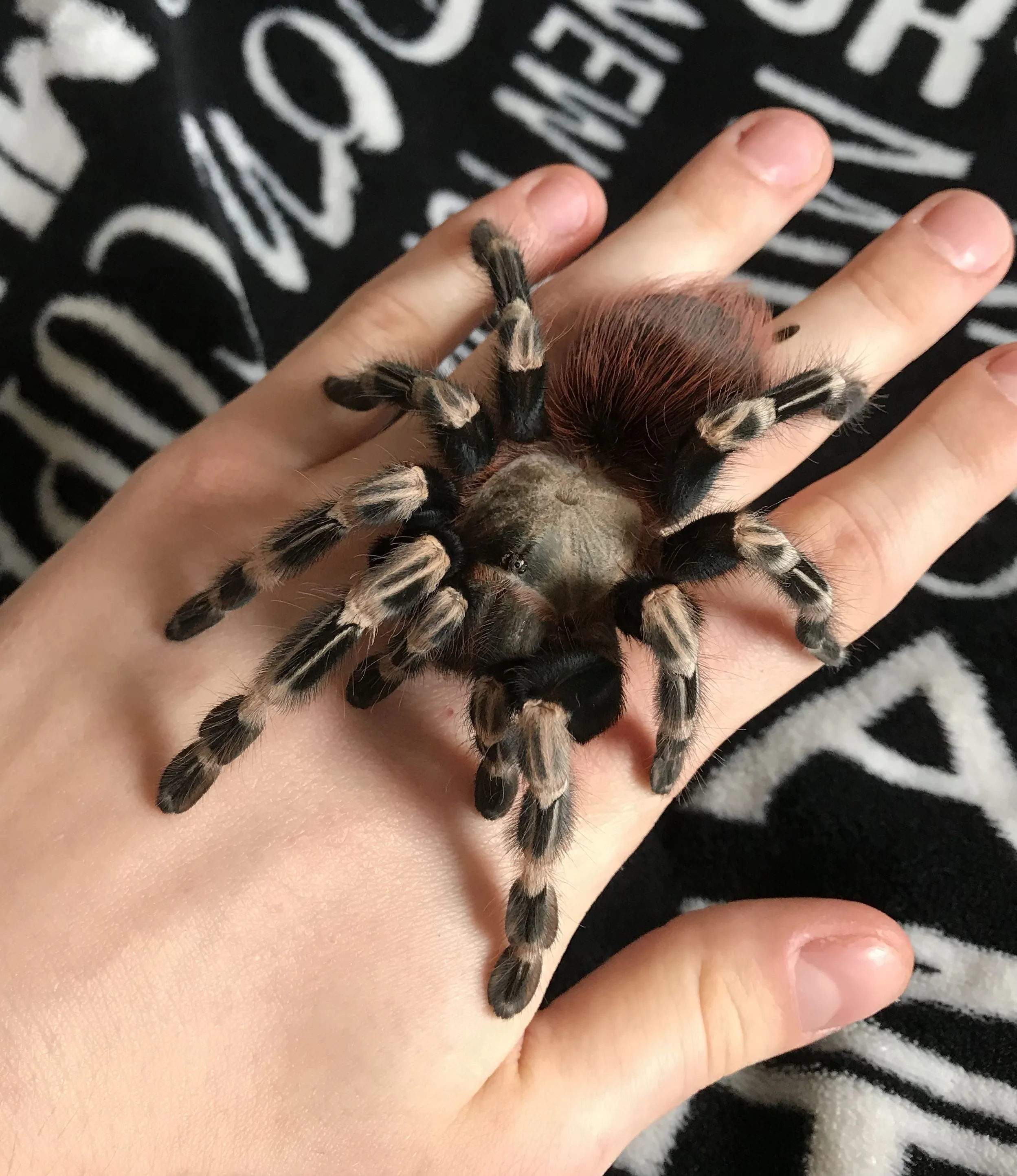
Tarantulas require a commitment to regular care. They need consistent feeding, watering, and habitat maintenance. If you have a busy schedule or travel frequently, consider whether you can provide the necessary care. Some tarantulas are relatively low-maintenance, but all require consistent attention to thrive. Think about the space you have available for an enclosure, too. Tarantulas range in size, and their habitats will need to accommodate their adult size. Make sure your lifestyle aligns with the responsibilities of tarantula ownership, ensuring the well-being of your pet.
Researching Different Tarantula Types
Before acquiring a tarantula, delve into the specifics of different species. This research involves exploring their natural habitats, dietary needs, and temperament. Learn about their defensive behaviors, such as biting or flicking urticating hairs, and understand how to avoid potential harm. Online forums, reputable pet stores, and books dedicated to tarantulas provide valuable information. Websites specializing in arachnids also offer detailed care sheets. Gather as much information as possible about your chosen species before bringing it home. This knowledge helps you provide optimal care and ensures both your and your tarantula’s safety.
Setting Up the Ideal Tarantula Habitat
Creating a comfortable and enriching habitat is essential for your tarantula’s well-being. The enclosure should mimic its natural environment, providing the necessary elements for survival and happiness. Think of it as their home, a safe space where they can thrive. An appropriate setup reduces stress, promotes natural behaviors, and helps ensure the overall health of your pet. Careful planning in this area is key to a successful tarantula-keeping experience. It will make the difference between a tarantula that simply survives and one that flourishes.
Choosing the Right Enclosure
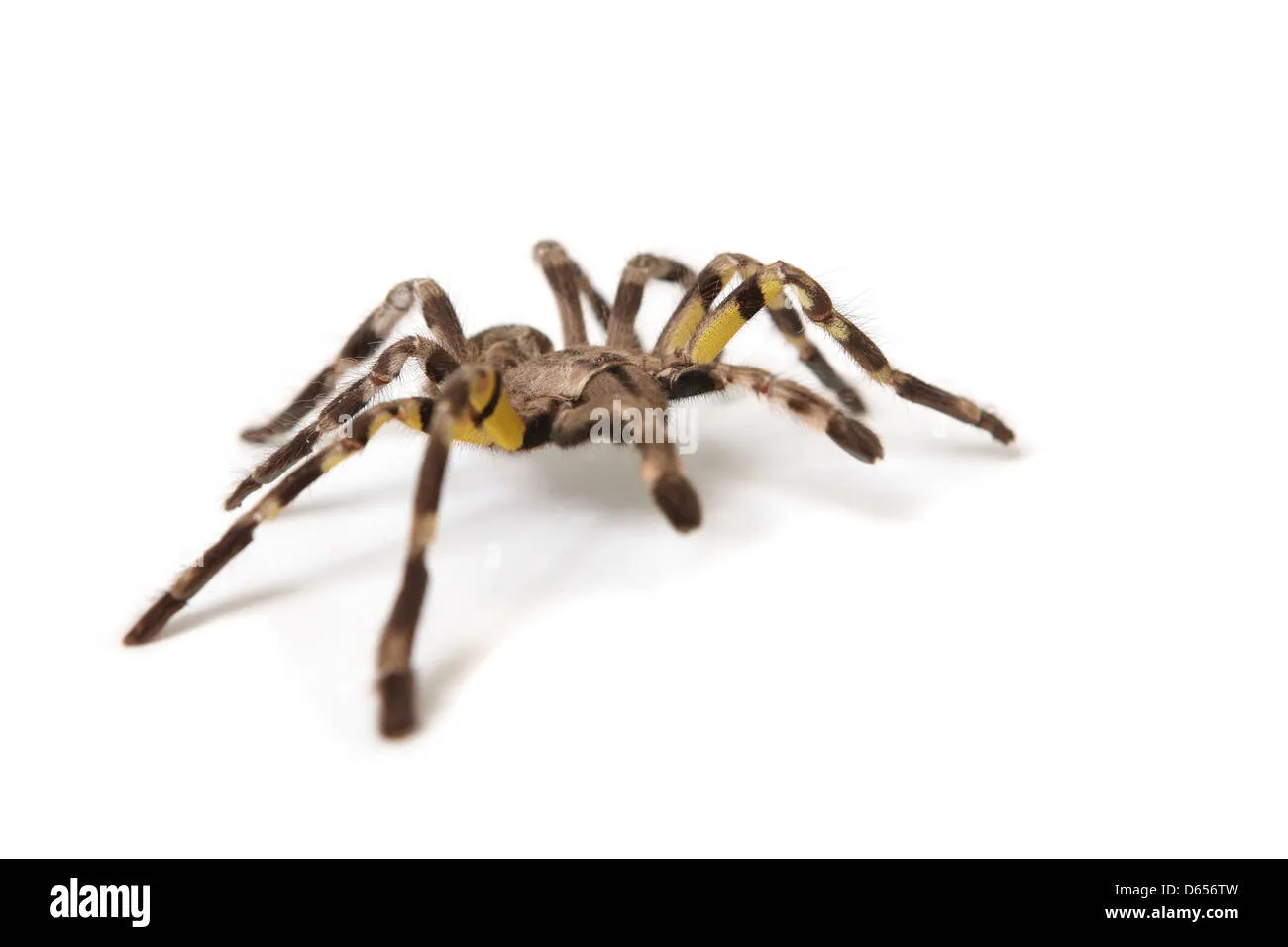
The enclosure is the foundation of your tarantula’s habitat. The size depends on the species and the tarantula’s size. A secure enclosure with a secure lid is paramount to prevent escape. Glass or clear plastic terrariums are popular choices, offering good visibility. Ensure the enclosure is well-ventilated but not drafty, as tarantulas are sensitive to sudden temperature changes. The enclosure should also be easy to clean and maintain. Avoid using any materials that could be toxic or harmful to your tarantula. A properly chosen enclosure gives your pet space to move, explore, and feel secure.
Substrate Selection
The substrate is the bedding material at the bottom of the enclosure. It plays a vital role in maintaining humidity and providing a comfortable environment. Coconut fiber, peat moss, and a mix of these are popular choices. Avoid using substrates that can harbor mold or mites. The substrate should be deep enough to allow burrowing species to dig, and it should be replaced regularly to maintain hygiene. A suitable substrate will absorb moisture and provide the correct humidity levels. This helps your tarantula feel secure. It also supports their natural behaviors.
Providing Heat and Humidity
Tarantulas are ectothermic, meaning they rely on external heat sources to regulate their body temperature. Maintaining the appropriate temperature range is crucial for their health. Use a heat mat placed on the side of the enclosure, not underneath, to prevent overheating. Humidity levels vary depending on the species. Use a hygrometer to monitor the humidity levels and adjust accordingly. Regularly mist the enclosure with water to maintain the desired humidity. Ensure proper ventilation to prevent mold growth. Consistent temperature and humidity levels are vital for their well-being, molting, and overall health.
Essential Tarantula Care and Maintenance
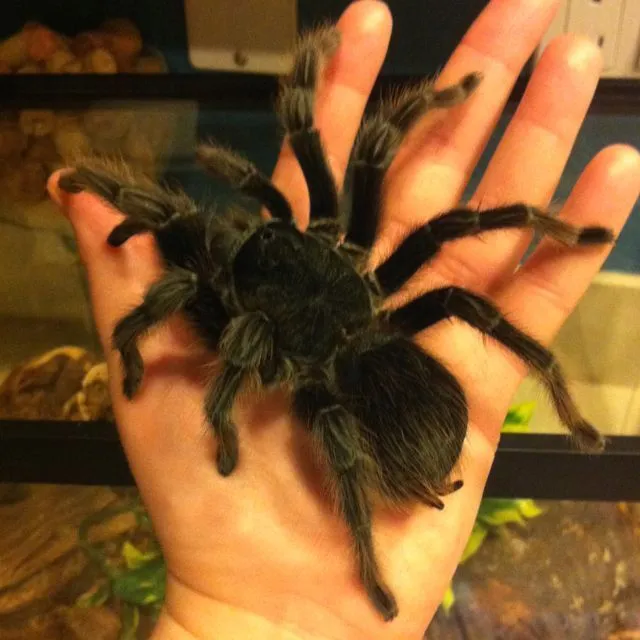
Caring for a tarantula involves several consistent practices. These practices ensure your pet remains healthy and happy. Regular feeding, providing fresh water, and maintaining a clean enclosure are essential. Proper care contributes significantly to the longevity and vitality of your tarantula. Setting up a routine can make maintenance easier and help you spot any issues early. This commitment to care provides a rewarding experience. This strengthens the bond between you and your fascinating pet. The consistent attention will pay dividends in the long term.
Feeding Your Tarantula
The frequency of feeding depends on the species and age of your tarantula. Younger tarantulas require more frequent meals. Adults can typically be fed once or twice a week. Offer insects such as crickets, mealworms, or roaches, sized appropriately for the tarantula’s size. Remove uneaten food within 24 hours to prevent mold and mites. Ensure the insects are gut-loaded with nutritious food before offering them to your pet. Observe your tarantula’s eating habits and adjust the feeding schedule as needed. Providing a varied diet is key to your tarantula’s health.
Watering Your Tarantula
Fresh water is essential for your tarantula. Provide a shallow water dish or a water-filled bottle cap, ensuring it’s easily accessible. Keep the water clean and refill it regularly, especially if the substrate dries out quickly. Some tarantulas may not drink from a water dish but will instead drink droplets from the enclosure walls. Mist the enclosure with water regularly to maintain humidity and provide drinking water. Always use dechlorinated water to prevent any harm to your pet. Proper hydration is crucial for molting and overall health.
Cleaning the Enclosure

Regular cleaning is necessary to maintain a healthy environment. Spot-clean the enclosure regularly by removing any uneaten food, molted exoskeletons, and waste. Deep-clean the enclosure every few months, replacing the substrate entirely. When cleaning, remove the tarantula to a secure container. Use only reptile-safe cleaning solutions. Avoid using harsh chemicals. Regular cleaning is essential for preventing the build-up of harmful bacteria and mites. It also ensures a clean environment for your tarantula to thrive in.
Handling Your Tarantula Safely
Handling a tarantula can be a rewarding experience, but it requires caution and respect for their nature. Tarantulas are generally not aggressive, but they can bite if they feel threatened. Knowing how to handle them properly is essential for both your safety and the tarantula’s well-being. Approach handling with patience and understanding of their behavior. Never force a tarantula to come out of its enclosure and always be aware of their possible defensive actions. Understanding their behavior and following appropriate handling precautions enhances the experience.
Understanding Tarantula Behavior
Tarantulas communicate through their behavior. Understanding their cues helps you anticipate their reactions. Observe their posture and movements. A defensive posture involves rearing up, with their fangs bared, indicating they feel threatened. Other behaviors, like flicking urticating hairs from their abdomen, are also defensive. A calm tarantula may appear relaxed and may move slowly. Understanding their body language helps you handle them safely and avoid stressing them. Learn to read your tarantula’s signals to ensure both your safety and their comfort.
Handling Precautions
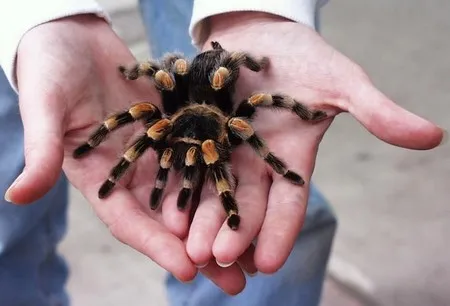
Handle your tarantula in a safe environment, such as over a soft surface or close to the ground. Always wash your hands thoroughly before and after handling, ensuring they are free of any scents or chemicals. Approach the tarantula calmly and slowly. Avoid sudden movements. Never handle a tarantula when it is about to molt, as it will be more vulnerable. If the tarantula shows any signs of stress, such as a defensive posture or rapid movement, gently place it back in its enclosure. Avoid handling them unnecessarily. These actions help minimize potential risks and ensure a positive experience.
Recognizing Signs of Stress
Recognizing signs of stress is essential for your tarantula’s well-being. A stressed tarantula may exhibit defensive behaviors. They may be more likely to flick hairs or try to bite. Other signs of stress include hiding, loss of appetite, or erratic movements. If you observe these signs, reassess the environment and handling practices. Check the temperature, humidity, and cleanliness of the enclosure. Reduce handling if the tarantula is showing signs of stress, and provide a calm and secure environment. Addressing signs of stress promptly will improve your tarantula’s health and happiness.
Health and Wellness for Your Tarantula
Maintaining your tarantula’s health involves proactive measures, including recognizing potential problems and preventative care. A healthy tarantula should exhibit vibrant colors, be active, and have a good appetite. Providing a balanced diet, a clean environment, and adequate temperature and humidity all contribute to their well-being. This section will provide information on common health issues, how to recognize them, and steps you can take to ensure a healthy, happy pet. Regular observation and preventative measures are vital in the care of your tarantula.
Common Tarantula Health Issues
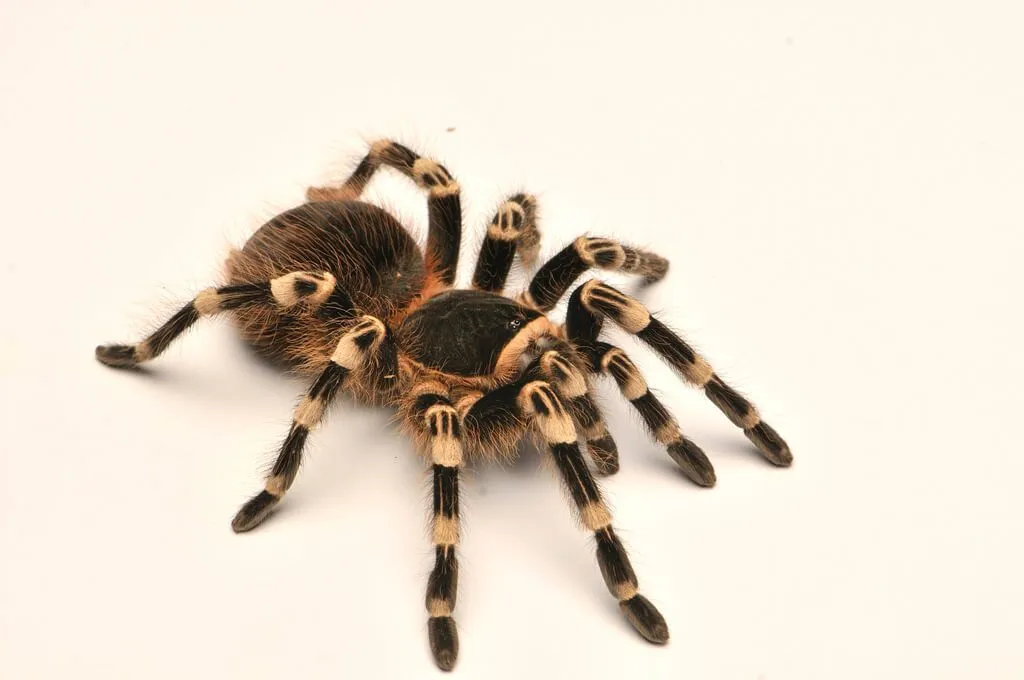
Tarantulas can be susceptible to certain health issues. These can include parasites, fungal infections, and injuries. Parasites, like mites, can infest the enclosure and harm the tarantula. Fungal infections can occur in humid environments. Physical injuries can result from falls or rough handling. Observe your tarantula regularly for any signs of illness, such as lethargy, loss of appetite, or unusual behavior. If you notice any of these signs, consult a veterinarian experienced in exotic animals. Early detection and treatment of any health issues are essential for a positive outcome.
Preventative Care
Preventative care is key to maintaining a healthy tarantula. Maintain the cleanliness of the enclosure. Ensure proper ventilation and humidity levels. Provide a balanced diet with appropriate supplements. Quarantine new tarantulas before introducing them to existing ones, to prevent the spread of any potential diseases. Handle your tarantula carefully to prevent injury. Regularly inspect your tarantula for any signs of illness or injury. Preventing problems is far easier than treating them. These measures will help keep your pet in good health and condition.
Shedding and Molting Process
Molting is a natural process where tarantulas shed their exoskeletons. It is a sign of growth and health. Before molting, the tarantula may become inactive and may refuse food. During the molting process, the tarantula will lie on its back and shed its old exoskeleton. This process can take several hours. Do not disturb your tarantula during this time. After molting, the tarantula’s new exoskeleton will be soft and vulnerable. Do not feed it for a few days until its fangs have hardened. Proper humidity and a stress-free environment support the molting process.
Enjoying Your Tarantula Spider Pet
Owning a tarantula can be a rewarding experience. These creatures provide a unique opportunity to observe fascinating behaviors. It allows you to appreciate the wonders of the natural world. Building a relationship with your tarantula requires time, patience, and a deep understanding of their needs. The rewards come from appreciating their unique beauty. It is also possible to marvel at their behaviors, and the satisfaction of providing them with a healthy and stimulating life. Enjoying your tarantula is about creating a bond and enriching your life with a unique pet.
Benefits of Tarantula Ownership
Tarantula ownership has several benefits. They are relatively low-maintenance pets, requiring less attention compared to dogs or cats. They are quiet and don’t produce any allergens, making them suitable for people with allergies. Watching a tarantula can be incredibly relaxing. Tarantulas offer an educational opportunity, allowing you to learn about arachnids and their behavior. They can also be a great conversation starter and an interesting hobby. The responsibility of caring for a tarantula fosters responsibility and discipline.
Building a Bond with Your Tarantula
While tarantulas may not display affection in the same way as mammals, you can still build a bond with them. Spend time observing your tarantula. Learn their individual behaviors and preferences. Handle them gently and respectfully. Provide a stimulating environment to encourage exploration and activity. Developing a routine for care, such as feeding and enclosure maintenance, strengthens your bond. With patience and understanding, you can develop a rewarding relationship with your tarantula, appreciating their unique beauty and character.
